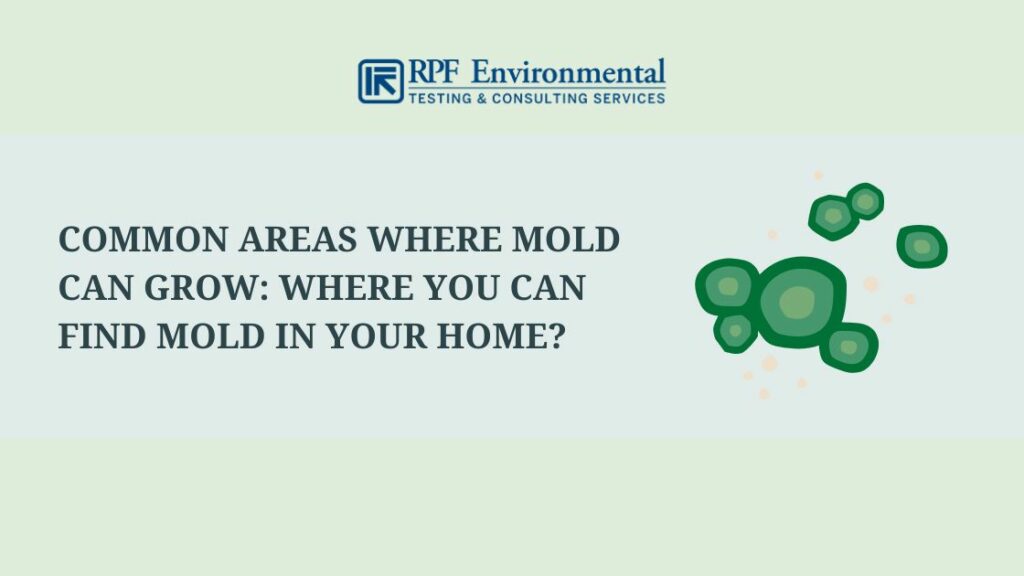The Duty of Mycotoxin testing Services in Food and Feed Safety
The Duty of Mycotoxin testing Services in Food and Feed Safety
Blog Article
Exactly How Mycotoxin Screening Helps Stop Contamination and Guard Food Products

Mycotoxin testing is a crucial practice in the food industry, offering as a frontline protection against contamination by unsafe contaminants created by molds. With the application of innovative strategies like High-Performance Liquid Chromatography (HPLC) and Liquid Chromatography-Mass Spectrometry (LC-MS), food producers can accurately identify and quantify mycotoxin degrees in agricultural items.
Comprehending Mycotoxins
Recognizing mycotoxins starts with recognizing that they are poisonous secondary metabolites produced by specific molds, which can infect agricultural products. These metabolites are not vital for the development or reproduction of the fungi however can have severe implications for human and animal health. Mycotoxins are generally located in staple crops such as corn, wheat, barley, and nuts, where they can multiply under specific problems of moisture and temperature level.
There are several types of mycotoxins, each generated by different fungal species. Fusarium varieties create trichothecenes and fumonisins, both of which are associated with numerous acute and persistent health and wellness concerns.

Dangers of Mycotoxin Contamination
The dangers of mycotoxin contamination are multifaceted, positioning significant risks to both food security and public health and wellness. Mycotoxins, hazardous substances produced by specific types of fungis, can infect a large variety of agricultural items consisting of cereals, nuts, seasonings, dried out fruits, and coffee.
Economic effects are one more significant worry. Infected crops can cause substantial monetary losses for farmers and food producers due to decreased yields and the need for expensive decontamination steps. Global trade can be substantially prevented as countries apply strict mycotoxin policies to shield their populations, leading to rejected shipments and stretched profession relationships.
Environmental factors such as climate change intensify the danger of mycotoxin contamination. Variations in temperature level and moisture can develop beneficial conditions for fungal development, raising the possibility of contamination occasions. Hence, understanding and reducing these threats are crucial for ensuring the safety and integrity of international food supplies.
Methods of Mycotoxin Testing
Properly determining mycotoxin contamination in farming products is essential for safeguarding public wellness and maintaining food safety criteria. Different techniques are employed to detect and measure mycotoxins, each offering details benefits and constraints.
High-Performance Liquid Chromatography (HPLC) is a widely made use of technique due to its high sensitivity and accuracy. It entails separating mycotoxins from other compounds in an example, enabling accurate quantification. Similarly, Fluid Chromatography-Mass Spectrometry (LC-MS) combines liquid chromatography with mass spectrometry to supply thorough molecular info, making it particularly useful for determining several mycotoxins simultaneously - Mycotoxin testing Services.

Gas Chromatography-Mass Spectrometry (GC-MS) and Thin-Layer Chromatography (TENDER LOVING CARE) are likewise utilized, each with distinct applications. GC-MS is reliable for unpredictable mycotoxins, while TLC provides a less complex, economical option for initial screening.
Advantages of Routine Checking
Routine screening for mycotoxins in agricultural items supplies numerous benefits, substantially adding to public health and food security. By recognizing contamination early, normal screening aids avoid the circulation of poisonous foods, thus minimizing the danger of mycotoxin-related illnesses amongst customers. This proactive technique not only safeguards human health however also improves the overall quality of food materials.
Different nations and regions have developed rigid limitations for mycotoxin degrees in food and feed. Adhering to these restrictions with routine screening guarantees that manufacturers and distributors meet lawful requirements, Discover More therefore preventing penalties and profession obstacles.
Additionally, routine mycotoxin screening can result in significant financial benefits. Early detection of contamination enables for prompt intervention, minimizing possible losses from widespread contamination. Carrying out routine testing procedures can also lessen recall expenses and associated obligations, which can be economically ruining.
In addition, normal screening gives beneficial information that can notify better agricultural practices and storage conditions. By recognizing patterns of contamination, producers can adopt safety nets, thus adding and decreasing future threats to the sustainability of the food supply chain.
Executing Testing Protocols
Carrying out reliable mycotoxin screening protocols is critical for guaranteeing the safety and security and high quality of farming products. Each phase needs to be looked at to determine where mycotoxin contamination is most likely to occur.
As soon as important control points are recognized, choosing appropriate screening techniques is necessary. Usual techniques consist of enzyme-linked immunosorbent assay (ELISA), high-performance fluid chromatography (HPLC), and mass spectrometry (MS) Each method has its toughness and weak points; hence, picking the right one relies on the certain mycotoxin being checked, the required sensitivity, and available resources.

Finally, integrating the screening protocols into a thorough food safety and security administration system is advisable. This boosts traceability and allows speedy corrective actions when contamination is identified, therefore protecting the integrity of the food supply chain.
Conclusion
Mycotoxin testing is crucial in stopping contamination and protecting food materials by making it possible for early discovery of harmful contaminants produced by molds in farming products. Regular screening improves brand name reputation, financial stability, and trust fund in food safety and security by decreasing contamination-related losses and preserving high requirements in food production.
Mycotoxin testing is a vital technique in the food industry, offering as a frontline defense against contamination by dangerous contaminants created by mold and mildews. An incorporated method including agricultural practices, storage monitoring, and normal testing can alleviate the risks associated with mycotoxin contamination, guaranteeing food safety and public health and wellness.
The risks of mycotoxin contamination are multifaceted, posing his explanation substantial risks to both food security and public health and wellness.Regular testing for mycotoxins in agricultural items uses numerous benefits, significantly contributing to public wellness and food safety.Mycotoxin screening is important in protecting against contamination and securing food products by allowing early detection of dangerous toxic substances produced by mold and mildews in agricultural products.
Report this page